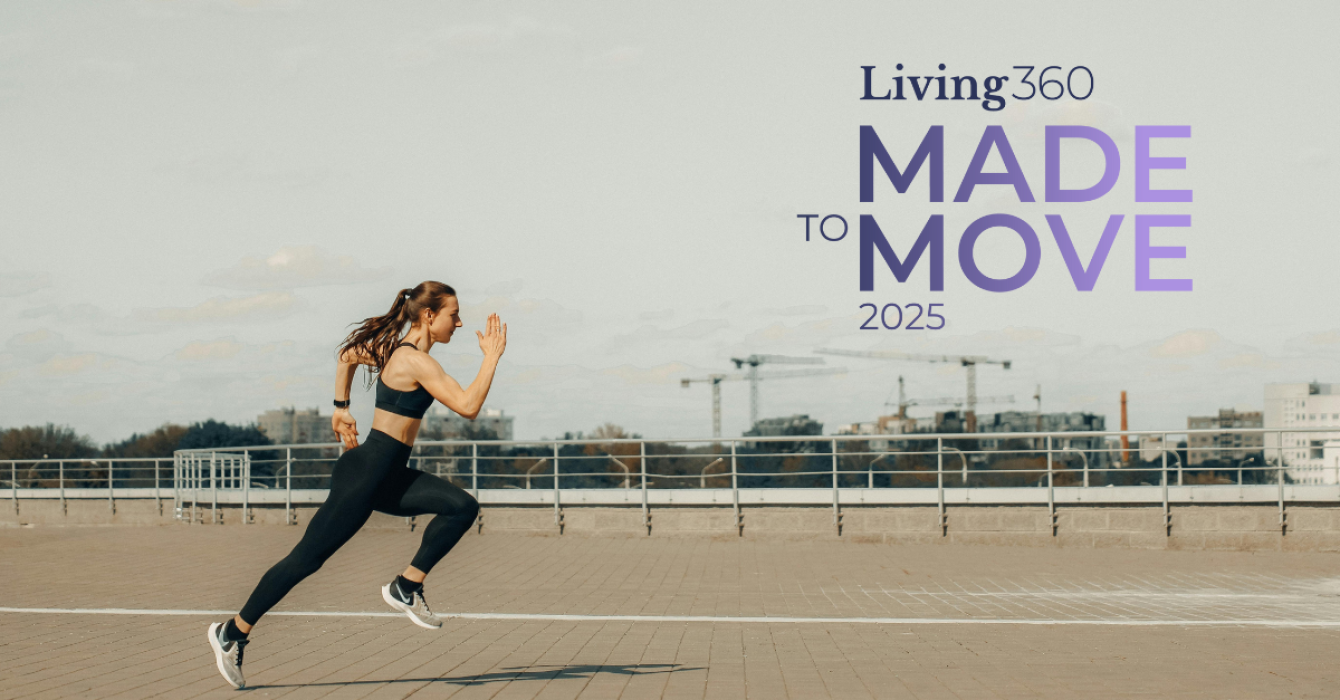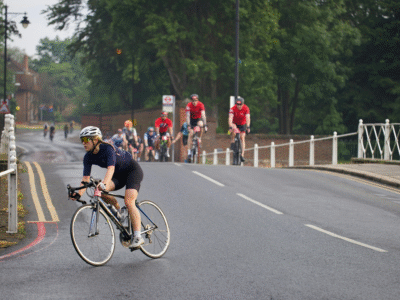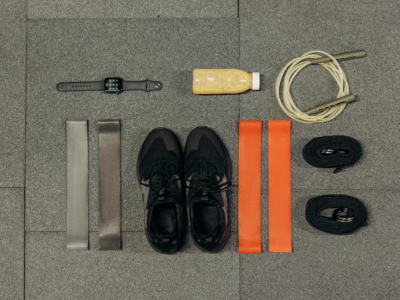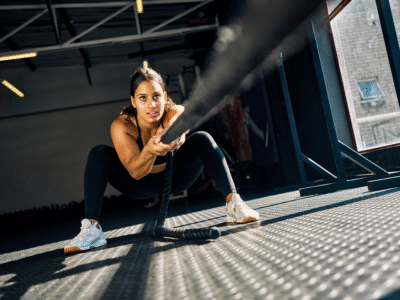Research into how women’s menstrual cycles affect their performance is limited — L360 speaks to athletes and experts on what we know so far.
Periods can be unpredictable, uncomfortable and affect more than just mood. We already know that tailoring exercise and everyday nutrition around the menstrual cycle can improve not only results, but also wellbeing, energy and recovery.
For active women, whose training is as fine-tuned as their bodies, this can have a significant impact on performance. However, there’s still limited research on how different phases of the cycle influence strength, performance or long-term training adaptations.
That said, feedback suggests that the menstrual cycle can indeed affect strength, energy, coordination and even motivation. Until research and studies catch up, it’s important for women to understand their cycles and use that knowledge to optimise training and wellbeing.
So, what do active women need to consider when training around their menstrual cycle?

When’s the best time of the menstrual cycle to train?
During the follicular phase (around days seven to 13) many find themselves with higher energy, boosted strength and greater motivation.
“I find it easiest to push myself during the follicular phase, when oestrogen is high, and strength and energy are boosted,” says marathon runner and PT Sarah Campus, “If I’m going for a personal best, this is the time I’d aim for.”
“Oestrogen plays a key role in regulating serotonin, the ‘good mood’ hormone,” explains musculoskeletal and pelvic health physiotherapist Harriet Ranger. She adds that higher oestrogen also boosts dopamine, which enhances motivation and satisfaction.
So, with both oestrogen and dopamine peaking around ovulation, many athletes feel stronger, more driven and more positive — making it an ideal time to reach performance goals.
Is there an ideal time for women to rest?
Professional athletes may not have much time for rest — and with cycle phases lasting days, if not weeks, it’s not like they can take extended time off. But active women and those who exercise as a hobby are more able to adjust their approach.
During the luteal phase (after ovulation until menstruation starts, around days 15 to 28) progesterone rises. This hormone helps with anxiety, sleep and raising body temperature, but many experience symptoms like bloating, headaches and fatigue during this phase, which can interfere with performance.
Harriet adds, “Studies have shown that progesterone can influence emotional processing.” Anyone who’s experienced a classic luteal-phase bad mood will understand how much this can affect everyday life — now imagine you’re also tasked with a gruelling training day?
Read more: Introducing zone 2 training: why slowing down could speed up your fitness goals
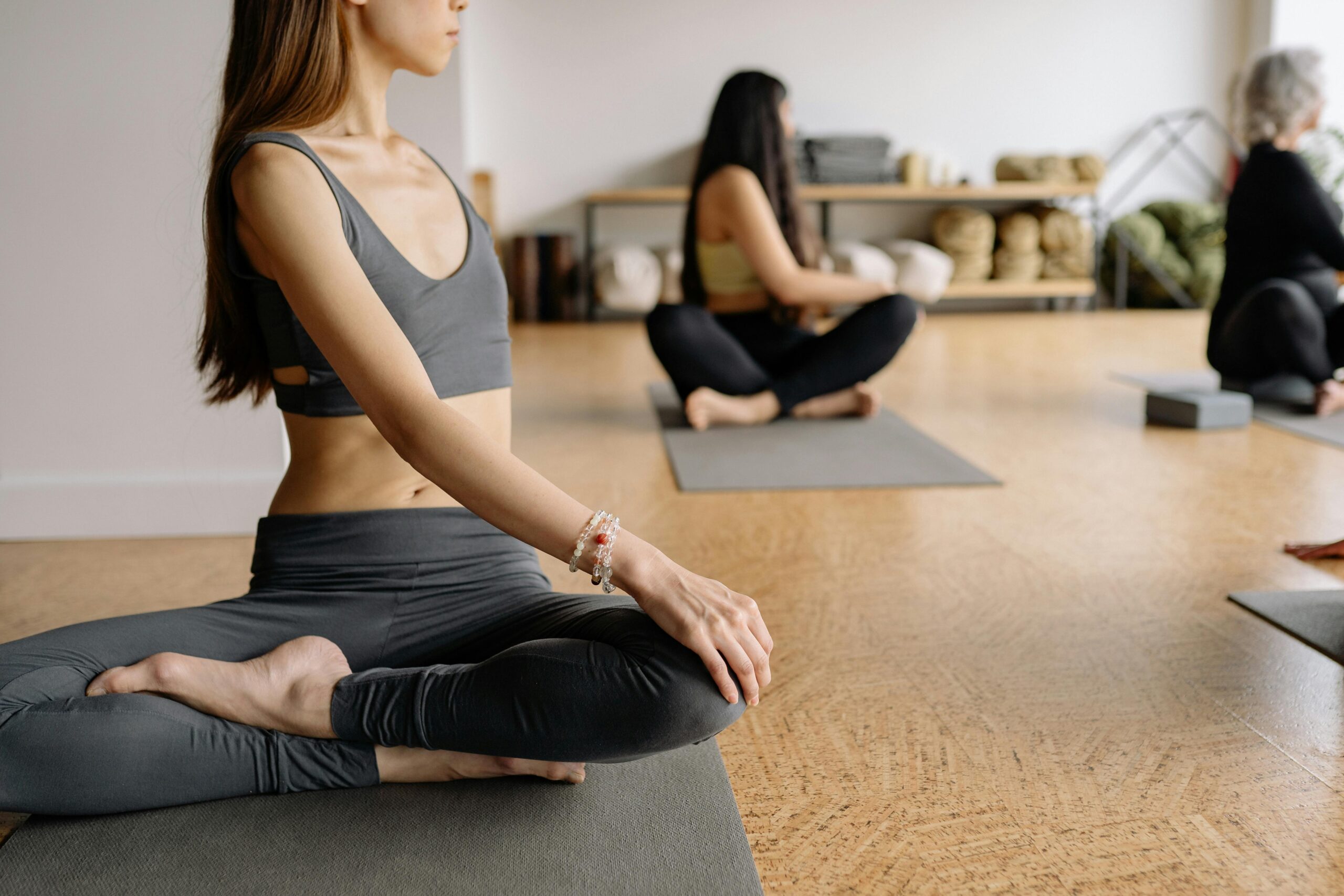
On top of the mood effects, Harriet says progesterone’s influence may also negatively affect skill, strategy and coordination — making this phase particularly challenging for women training for sports involving high coordination, like basketball, tennis and football.
For this reason, the luteal phase might be an ideal time to schedule a rest week or simply be kinder to yourself during training.
Is injury risk higher for women at certain stages of the cycle?
While the relationship between the menstrual cycle and injury risk is still under research, it’s been suggested that female athletes may be four to six times more likely to experience ACL injuries than their male counterparts.
Its thought that this is due to changes in ligament laxity — “possibly influenced by elevated oestrogen levels at certain stages of the cycle,” Harriet explains. These injuries most commonly occur during the pre-ovulatory and/or ovulation phases of the cycle (when oestrogen levels are higher).
The luteal phase is also associated with higher injury risk. “Sleep disruption and increased fatigue can impair neuromuscular coordination, increasing the potential for injuries,” says Hayley Madigan, personal trainer and Oner Active athlete.
Read more: Lizzie Deignan: retirement and issues for female cyclists
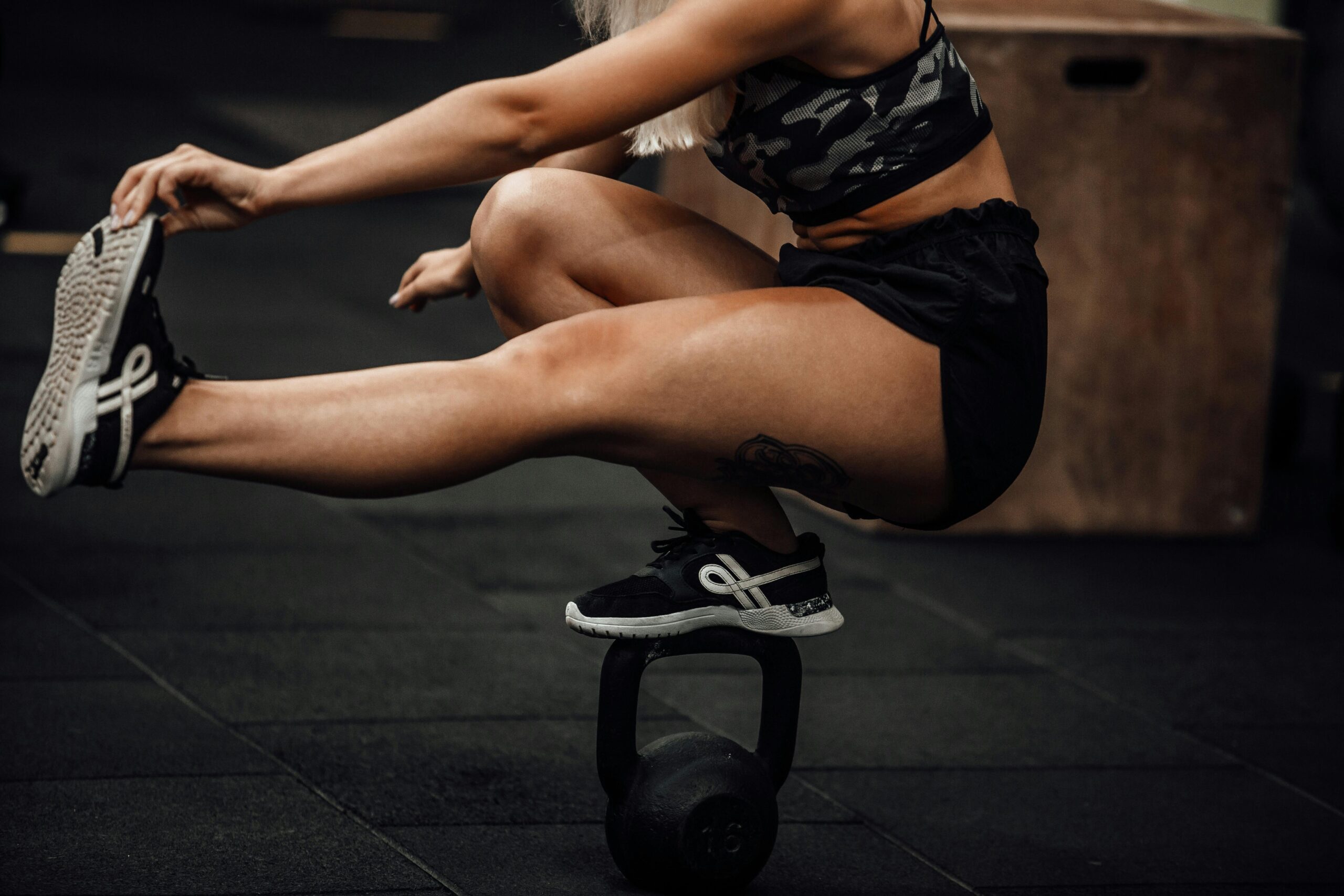
Hayley suggests modifying training protocols to minimise injury risks, especially for women involved in high-impact sports, like football. “Around ovulation, try limiting plyometrics and agility training,” she recommends.
To prevent injury, Sarah adapts her approach to marathon training by reducing intensity during lower-energy phases. “I focus on longer warm-ups, mobility work and being mindful of joint laxity,” she says. “Especially in the luteal phase.”
How women can manage fatigue when training
Energy levels naturally fluctuate during the menstrual cycle due to hormonal shifts. A drop in oestrogen, particularly in the luteal phase, can lower serotonin and leave you feeling more tired than usual.
This phase can also disrupt sleep, which only adds to the fatigue. For those with heavier periods, iron deficiency may play a role too.
To manage her energy levels during these phases, Sarah focuses on supporting her body: “I prioritise sleep, nutrition and hydration. I also adjust my training volume — opting for lighter sessions or active recovery when my energy is low,” she says.
Tuning into your body and making small adjustments — whether in training, rest or nutrition — can make all the difference in staying energised across the month.
Read more: Hidden nutrition crisis: What active women are missing — and how to fix it

How active women can adapt their training to their cycle
In short, cycles vary from person to person — there’s no one-size-fits-all approach — so women are likely to benefit most from a personalised training plan.
Staying in tune with your cycle offers insight into your body, helping to protect it and optimise performance.
Harriet’s practical advice for athletes:
- Track your cycle: monitor cycle length, ovulation and symptoms such as fatigue or joint sensitivity to identify patterns over time. (Sarah recommends Natural Cycles — which is FDA approved)
- Personalise your load: adjust training intensity when your body feels more vulnerable or symptoms are heightened.
- Stay proactive: if you notice recurring issues during certain phases, use that data to inform conversations with your physio or performance coach.
- Think prevention, not restriction: your cycle isn’t a barrier — it’s information. The more you understand it, the better you can tailor training to stay consistent and strong.
Feature image: Canva/ Pexels

